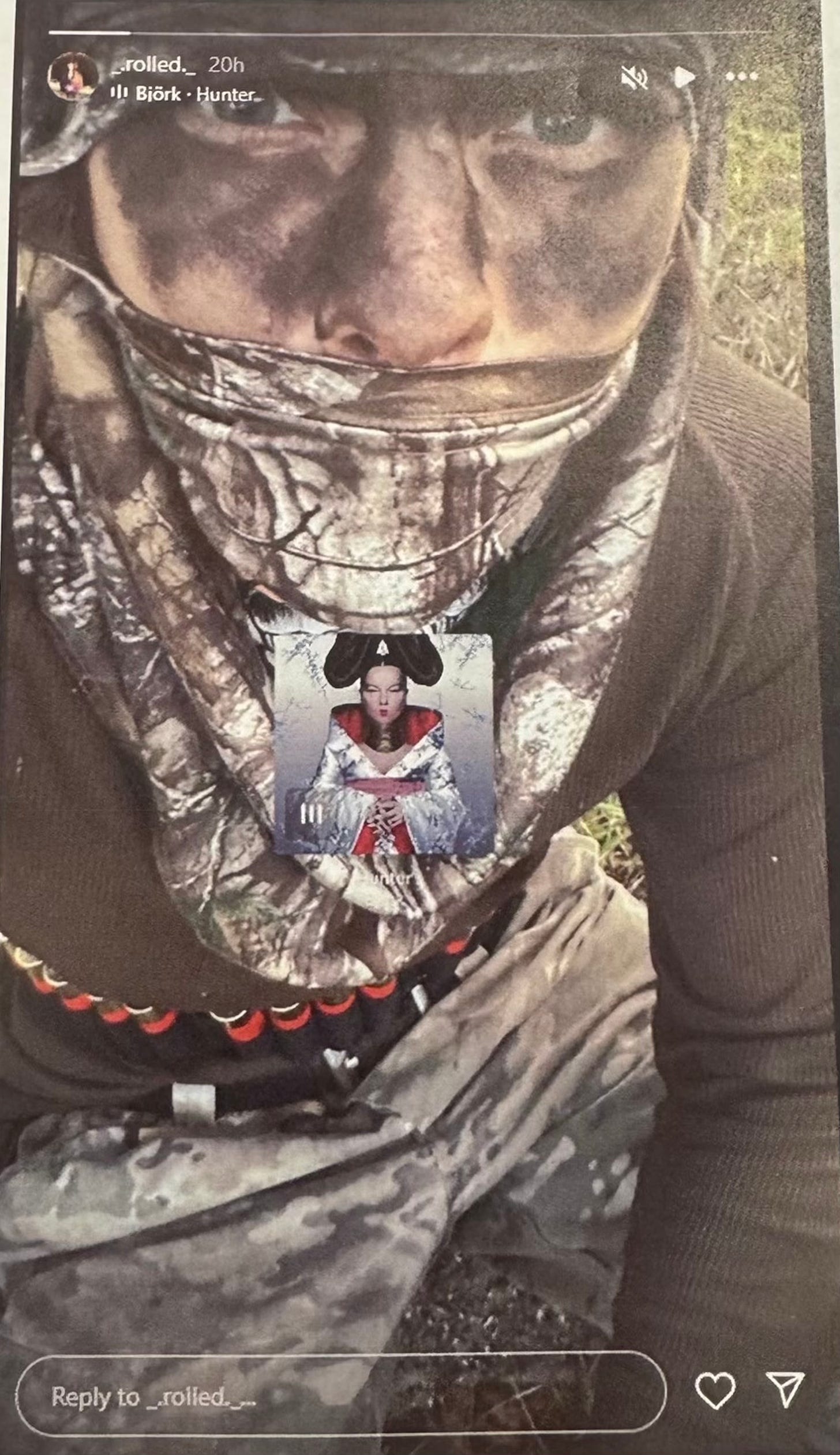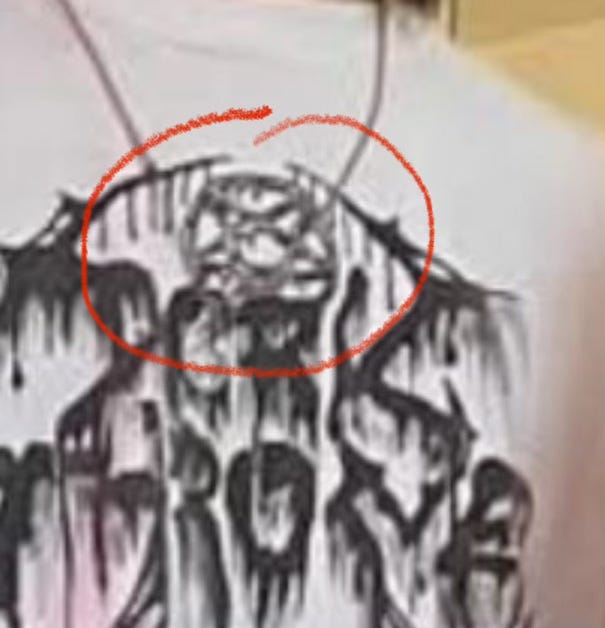UPDATE: Ambush on the Mountain: How an Idaho Brush Fire Turned Deadly
New Details Emerge on Idaho Firefighter Ambush: What We Now Know About the Shooter and His Motives
On June 29, 2025, a routine fire call in the hills near Coeur d’Alene, Idaho, ended in one of the deadliest days for first responders in recent memory. Two veteran firefighters—Frank Harwood and John Morrison—were killed, and a third was wounded, after a gunman opened fire on crews battling a deliberately set brush fire. As investigators pieced together the events and background of the shooter, 20-year-old Wess Val Roley, questions about motive, mental health, and social influences swirled across the state.
The Incident: Firefighters Walk Into a Trap
Authorities say the sequence began when Roley, a transient living in his pickup, used a flint striker to ignite dry brush along a remote road. Firefighters, responding to what initially seemed a routine call, encountered Roley’s parked vehicle at the scene. When asked to move it, Roley reportedly took cover—some accounts suggest he climbed a tree—and began shooting at the unarmed responders. The ambush left two battalion chiefs dead and a third injured before Roley fled into the woods.
A massive law enforcement response followed. SWAT, FBI, and local authorities scoured the area, eventually locating Roley dead from a self-inflicted shotgun wound hours later. His body and weapon were found near the crime scene.
Who Was Wess Roley?
Roley’s background reveals a young man adrift. Born in 2005, he grew up in California and Arizona before relocating to Idaho in 2023. He had no criminal record beyond minor infractions like trespassing and welfare checks. Those who knew him described Roley as a loner, sometimes withdrawn but not previously violent. He had expressed an interest in firefighting and worked odd jobs, including tree service, but was reportedly living out of his vehicle in the weeks leading up to the shooting.
Social media offered more disturbing glimpses. Just hours before the attack, Roley posted a video of himself in dark camouflage with a hunting mask, soundtracked by Björk’s “Hunter.” Investigators believe this points to premeditation and a possible fascination with violence or fantasy.
Björk’s “Hunter” is a song by the Icelandic singer-songwriter Björk, released as the opening track and third single from her 1997 album “Homogenic.” The song is known for its moody electronic sound, atmospheric beats, and introspective lyrics. In “Hunter,” Björk sings about a journey of self-discovery and a search for purpose or fulfillment, using hunting as a metaphor for seeking what is missing in life.
Key elements:
Lyrics: The song repeats the lines “I’m going hunting,” which can refer to searching for identity, direction, or survival.
Mood: The track has an intense, almost primal energy, blending trip-hop and electronic music with Björk’s haunting vocals.
Music video: The official music video is famous for its imagery of Björk transforming into a polar bear, further symbolizing themes of transformation and inner pursuit.
In context of the Idaho shooting:
The shooter’s use of “Hunter” in his Instagram story suggests he may have identified with the song’s themes of searching or primal instinct, or possibly saw himself as a “hunter” in a disturbing, literal sense before the ambush.
Rumors and Speculation
As the story spread, online speculation exploded. Social media circulated unverified claims about Roley’s family and background: that his stepfather was a Trump (“MAGA”) supporter; that his biological father had ties to motorcycle gangs; and that Roley himself displayed satanic or heavy metal symbolism online. Investigations into these rumors found little substance while some hidden truths. There was no evidence of extremist activity or criminal ties. Authorities claim to have found no credible links to gangs or satanic groups.
However, X users found photos of Roley wearing satanic jewelry and according to T.J. Franks Jr. whom Roley had lived with for a short time, Roley had been seen flashing gang signs at his security cameras. T.J. Franks Jr. called the police and asked them to speak with him. “I didn’t know what to really think about it,” Franks said. “I just called the cops and had them talk to him.” According to Franks, Roley appeared to be changing for the worst.
Franks said Roley “started acting a little weird” and at one point shaved his long hair off completely.
“We just kind of noticed him starting to decline or kind of go downhill,” he said. https://www.khq.com/national/man-shot-idaho-firefighters-who-had-asked-him-to-move-his-vehicle-killing-2-sheriff/article_c5bf0b7a-5c8f-5967-934d-d7f612159c5f.html
The viral story about black-market organ sales was also deemed unsubstantiated.
A Calculated Ambush—But Why?
Investigators agree on one thing: The fire was set intentionally to lure first responders into an ambush. Sheriff Bob Norris described the attack as “premeditated and targeted,” with Roley using the fire to create a “kill zone.” Yet, beyond the tactical planning, there is little clarity on why. Roley left no manifesto and made no ideological statements. Friends and relatives say he had been struggling but gave no outward sign of impending violence. Law enforcement has found no evidence of terrorist motivation or group involvement.
“There was an interaction with the firefighters,” Norris said. “It has something to do with his vehicle being parked where it was.” https://www.khq.com/national/man-shot-idaho-firefighters-who-had-asked-him-to-move-his-vehicle-killing-2-sheriff/article_c5bf0b7a-5c8f-5967-934d-d7f612159c5f.html
A Tragedy Without Many Answers
The tragic ambush on Canfield Mountain claimed the lives of two respected firefighters: Battalion Chief Frank Harwood, 42, of Kootenai County Fire & Rescue, and Battalion Chief John Morrison, 52, of the Coeur d’Alene Fire Department. Harwood, a dedicated public servant with 17 years of firefighting experience and a veteran of the Army National Guard, was widely respected in his community. Morrison, with over 28 years on the job, was known for his leadership and commitment to service. Both men were responding to what initially appeared to be a routine brush fire when they were fatally shot in the line of duty. A third firefighter, Engineer David Tysdal, 47, of the Coeur d’Alene Fire Department, was critically wounded in the attack and remains hospitalized in stable but serious condition. The loss of these veteran firefighters has sent shockwaves through their departments and the greater Idaho community, highlighting the dangers first responders face even in the most routine calls.
As Idaho mourns the loss of two respected firefighters, the central question—what drove Wess Roley to kill—remains. Was this the act of a mentally troubled young man, a calculated act of violence, or some combination of both? For now, the answer is as elusive as it is troubling. The incident highlights growing challenges at the intersection of mental health, law enforcement, and public safety—issues that, in this case, ended in tragedy on an Idaho hillside.
References:








